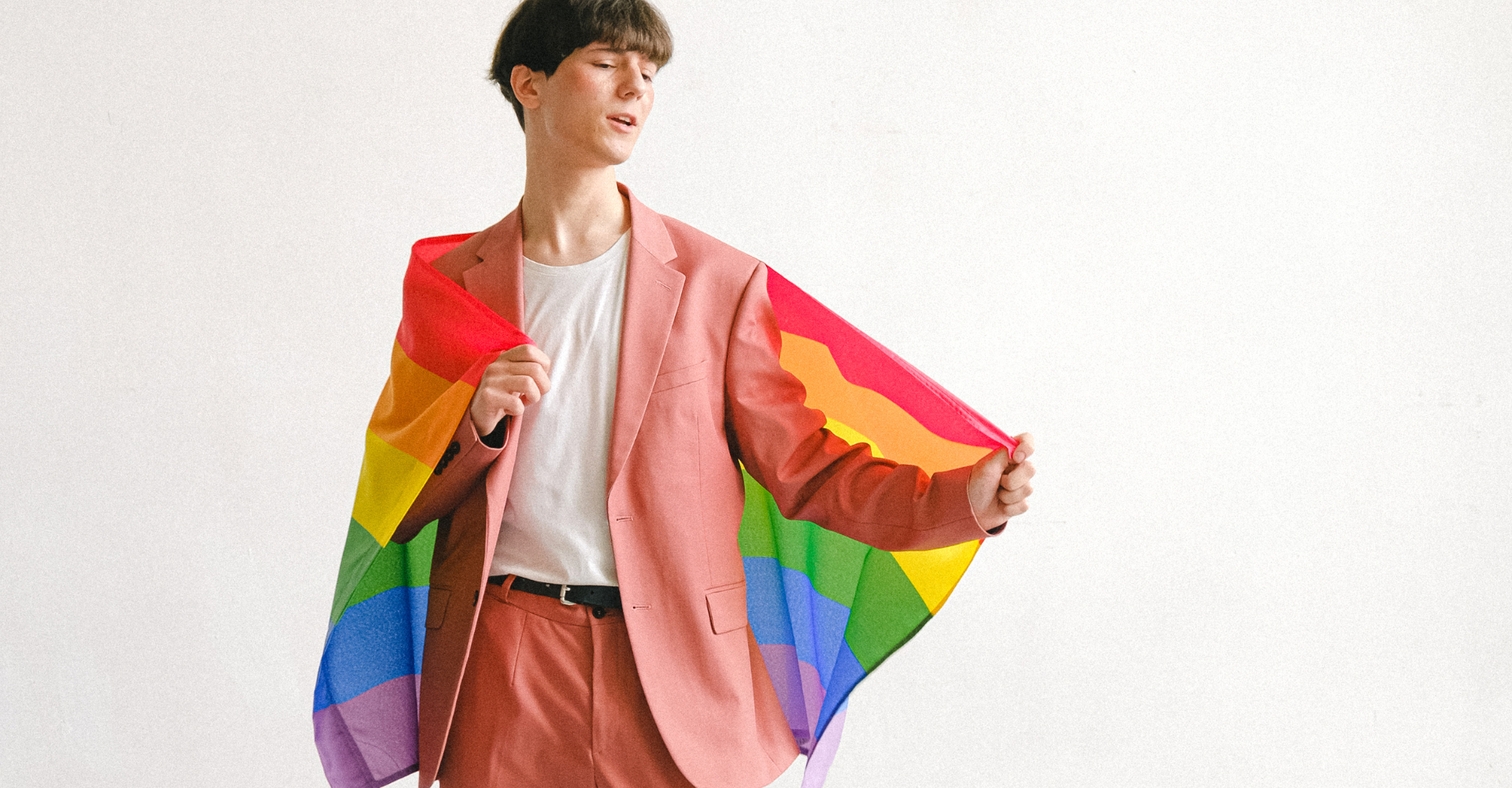From Rainbow Logos to Real Change: What Job Seekers Want to See from Employers During Pride
What Inclusive Employers Look Like Beyond the Rainbow: A Guide for Purpose-Driven Hiring
Each June, companies around the world update their logos with rainbow colours in support of Pride Month. While visibility is important, today’s job seekers, especially younger professionals and members of the LGBTQIA2S+ community, are looking for more than symbolic gestures. They want to work for employers that demonstrate genuine, year-round commitment to diversity, equity, and inclusion.
So how can businesses move beyond the rainbow and create meaningful change? And what do candidates actually care about when evaluating a company's approach to LGBTQIA2S+ inclusion?
Visibility vs. Authenticity: The Growing Expectations of Talent
A recent survey by Glassdoor found that 76 percent of employees and job seekers consider a diverse workforce an important factor when evaluating companies and job offers. This expectation is even stronger among younger generations: according to Deloitte’s 2023 Gen Z and Millennial Survey, 83 percent of Gen Z employees said they are more likely to work for companies that are publicly committed to diversity and inclusion.
For LGBTQIA2S+ professionals, visibility during Pride Month is a start, but actions speak louder than rainbows. They are looking for companies that provide real psychological safety, internal support structures, inclusive benefits, and leadership accountability.
What Candidates Actually Want to See
1. Year-Round Inclusion Strategies
Candidates are wary of companies that only showcase LGBTQIA2S+ support during June. Ongoing initiatives—like employee resource groups (ERGs), diversity training, and inclusive hiring practices—are essential.
According to McKinsey’s Diversity Wins report, companies in the top quartile for ethnic and cultural diversity were 36 percent more likely to outperform on profitability. Inclusive workplaces see lower turnover and higher engagement across all demographics.
What job seekers look for:
- Evidence of DEI work in company values and careers pages
- Year-round LGBTQIA2S+ events, not just Pride campaigns
- ERGs and mentorship programs for underrepresented employees
2. Supportive Policies and Benefits
Inclusive health benefits, mental health support, and clear anti-discrimination policies are crucial. In Canada, over 40 percent of LGBTQ2S+ workers have experienced discrimination or harassment at work, according to the Canadian Centre for Diversity and Inclusion (CCDI).
Companies that proactively address these issues not only protect their teams—they also attract top talent.
What job seekers look for:
- Gender-affirming healthcare coverage
- Parental leave inclusive of all family structures
- Mental health resources tailored to LGBTQ2S+ needs
- Clear reporting pathways for discrimination or harassment
3. Leadership Representation and Accountability
Representation matters, especially in leadership. Having LGBTQ2S+ voices in decision-making positions demonstrates that inclusion is not just a line in the mission statement, but a lived value.
The Human Rights Campaign Foundation reports that only 26 percent of LGBTQ2S+ employees say their senior leaders visibly support equality in the workplace.
What job seekers look for:
- LGBTQ2S+ individuals in visible leadership roles
- Public accountability for DEI goals
- Transparent progress updates, not just targets
4. Inclusive Language and Recruiting Practices
The hiring process itself sends powerful signals. Gender-neutral language in job descriptions, interview training to reduce bias, and respecting pronouns are minimum expectations for inclusive recruiting.
Research from Textio shows that inclusive language can increase applications from underrepresented groups by over 25 percent. In a tight talent market, this can make a significant difference.
What job seekers look for:
- Inclusive, accessible job descriptions
- Respectful communication during interviews
- Recruiters trained in DEI best practices
5. Authentic Storytelling
Candidates are quick to spot tokenism. Sharing stories from real employees—about their challenges, growth, and experiences—builds trust. But these stories must come with context, consent, and an ongoing commitment to progress.
Internal spotlights or social media features can humanise your brand. Just ensure LGBTQ2S+ employees are not being asked to speak on behalf of an entire community.
What job seekers look for:
- Real stories, not generic statements
- Transparency around progress (and areas still being addressed)
- Representation across different identities, including race, gender, and ability
Final Thoughts
Pride Month is a valuable opportunity for companies to celebrate and reflect. But the most effective employer brands show their support not just in June, but all year long.











